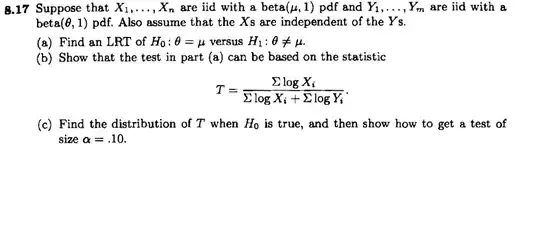I have found the following test results:
Source: Link
Could you tell me what does it mean and how to interpret the following quantities: $Pr<W$, $Pr>D$, $Pr>W-Sq$ and $Pr>A-Sq$?
For example I understand that $W$ is the value of statistic computed in Shapiro-Wilk test, however we cannot see here the critical value of statistic as well as we do not have information what is the null hypothesis of particular tests. Therefore, to assess whether we reject null hypothesis or not we have to rely on the second part of the table, which is not clear for me...
$Pr<W$ looks like p-value, but what about $Pr>D$ and others?
Thanks for your help!
